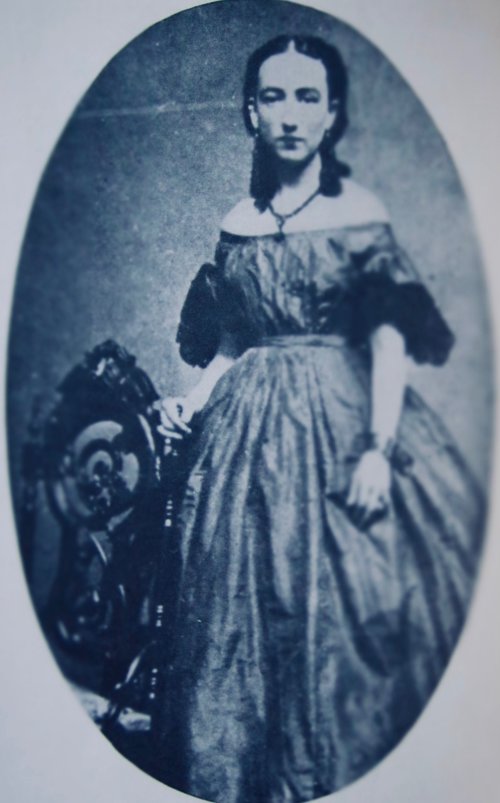The opening of a great long blog post by Karen Abbott at the Smithsonian about a pair of reclusive sisters who disappeared themselves in a Manhattan hotel room until death’s hand forced the door open:
Ida Wood never had any intention of renewing contact with the outside world, but on March 5, 1931, death made it necessary. At four o’clock that afternoon, the 93-year-old did something she hadn’t done in 24 years of living at the Herald Square Hotel: she voluntarily opened the door, craned her neck down the corridor, and called for help.
“Maid, come here!” she shouted. “My sister is sick. Get a doctor. I think she’s going to die.”
Over the next 24 hours various people filtered in and out of room 552: the hotel manager, the house physician of the nearby Hotel McAlpin and an undertaker, who summoned two lawyers from the venerable firm of O’Brien, Boardman, Conboy, Memhard & Early. The body of Ida’s sister, Miss Mary E. Mayfield, lay on the couch in the parlor, covered with a sheet. The room was crammed with piles of yellowed newspapers, cracker boxes, balls of used string, stacks of old wrapping paper and several large trunks. One of the lawyers, Morgan O’Brien Jr., began questioning hotel employees, trying to assemble the puzzle of this strange and disheveled life.
The manager said he had worked at the hotel for seven years and had never seen Ida Wood or her deceased sister. His records indicated that they had moved into the two-room suite in 1907, along with Ida’s daughter, Miss Emma Wood, who died in a hospital in 1928 at the age of 71. They always paid their bills in cash. The fifth-floor maid said she hadn’t gotten into the sisters’ suite at all, and only twice had persuaded the women to hand over soiled sheets and towels and accept clean ones through a crack in the door. A bellhop said that for many years it had been his habit to knock on the door once a day and ask the ladies if they wanted anything. They requested the same items every time: evaporated milk, crackers, coffee, bacon and eggs—which were cooked in a makeshift kitchenette in the bathroom—and occasionally fish, which they ate raw. Ida always tipped ten cents, telling him that money was the last she had in the world. From time to time they also requested Copenhagen snuff, Havana cigars and jars of petroleum jelly, which Ida massaged onto her face for several hours each day. She was five feet tall and 70 pounds, nearly deaf and stooped like a question mark, but her face still bore clear evidence of its former beauty. “You could see what an extraordinarily pretty woman she once was,” O’Brien noted. “Her complexion, in spite of her age, was as creamy and pink and unwrinkled as any I have ever seen. It was like tinted ivory. Her profile was like a lovely cameo.” She hadn’t had a bath in years.•

